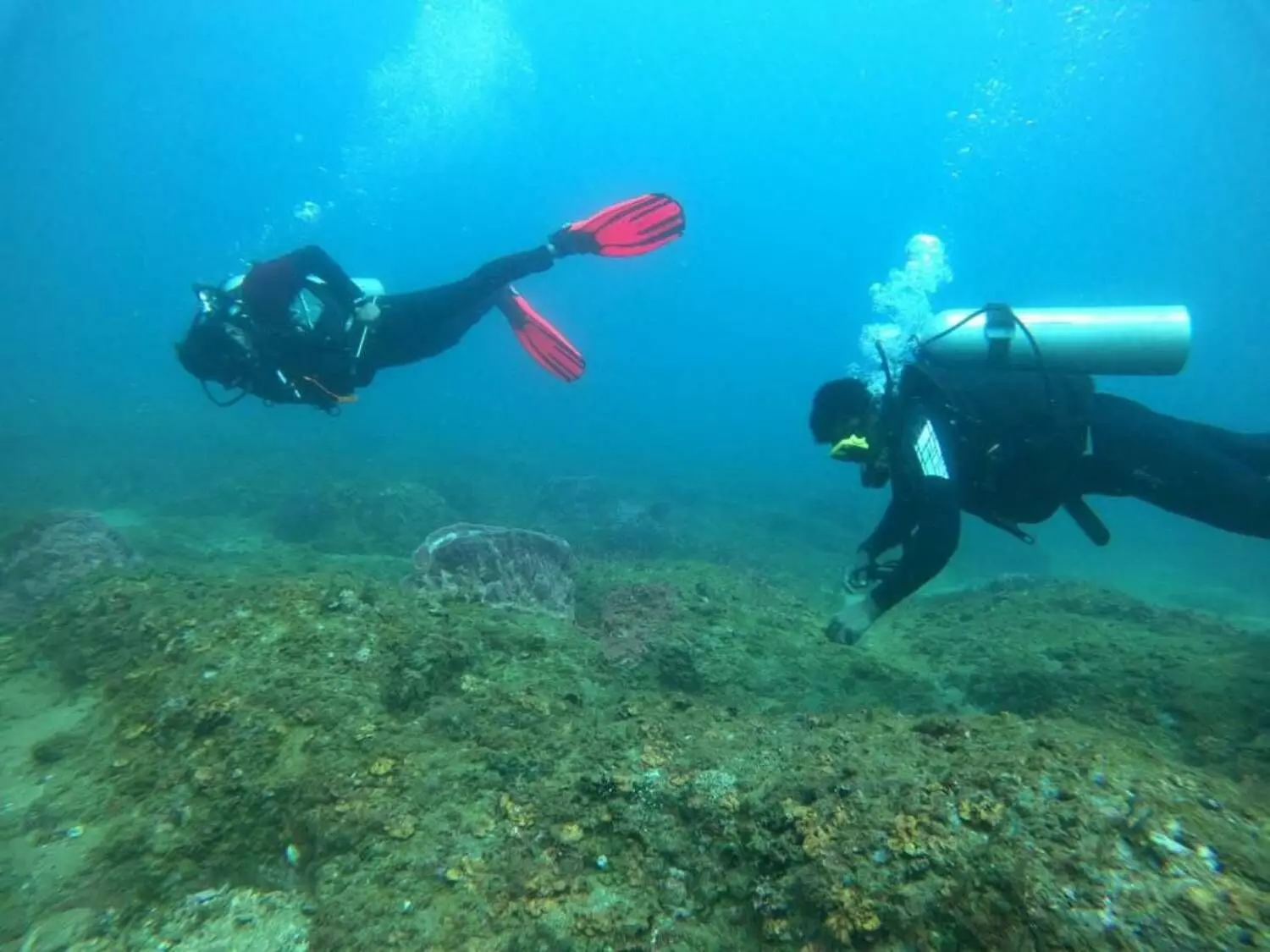Vizag coastline a treasure trove of rare corals, new survey finds
Interestingly, these corals can be implanted in other beach areas. Corals that can be implanted were found on Pudimadaka beach
By Sri Lakshmi Muttevi
Visakhapatnam: Coastal Andhra Pradesh, especially Visakhapatnam beach, is a treasure trove with many secrets hidden inside the blue waters. After centuries-old shipwrecks, scientists have now discovered rare coral reefs on the Visakhapatnam coastal line. A survey by the Zoological Survey of India found that coastal Andhra Pradesh has a vast range of coral reefs.
History of coral reef study in India
Studies on the coral reefs in India started in the mid-19th Century. The earliest coral reef study in the Indian waters was a brief account of the Nicobar Islands by Rink in 1847. The World Health Organisation pointed out the adverse effects of siltation in the coastal waters on coral growth. It gave an account of deep-sea corals of the seas around Andaman. Lt. Col. R.B.S. Sewell was the first person in India to conduct studies on the corals of India (Sewell, 1922; 1935). Taxonomic studies of Indian corals were restricted to pioneering works of Pillai (1971a, 1971b, 1972), Scheer and Pillai, 1974, Reddiah (1977), Pillai and Patel, (1988); Pillai and Jasmine (1989) during the late 20th Century.
A total of 199 species of corals recorded remained unchanged since then. Only recently, when extensive collections were made in Andamans, nearly 100 new records were found.
What is the survey?
In the past few decades, many coral reef surveys have been conducted by the scientific team of the Zoological Survey of India. The study explored the reef ecosystem, from Pudimadaka beach to Chintapalli beach in Andhra Pradesh, for the last three years.
The research was conducted by four members in collaboration with Livein Adventure at Pudimadaka, Rishikonda, Bheemili, Yarada, Kailasagiri, RK Beach, Mangamavaripeta, Sagar Nagar, Tenneti Park, and Chintapalli beach at a depth of 30 meters in the sea. Scientists have identified traces of 'Scleractinia' corals and associated faunal communities along the Andhra and Odisha coasts.The research was conducted for nine days in sub-tidal and inter-tidal areas to identify corals. Scientists collected 263 examples, among them were 1,597 examples of Mollusca, 182 examples of Cnidarians, 161 examples of sponges, 133 examples of fishes, 106 examples of Echinoderms and Crustaceans, 12 examples of Ascidians, three flatworms, and one annelid. A total of 65 examples were identified, among them 26 species of Mollusca, 10 species of Crustaceans, 13 species of fishes, and one of echinoderm were identified from the present study. The collected and identified samples were deposited in the National Zoological Collection, Sunderban Regional Center, Zoological Survey of India, Canning, West Bengal.
Implanting corals
Interestingly, these corals can be implanted in other beach areas. Corals that can be implanted were found on Pudimadaka beach. These corals are also useful for manufacturing maritime medicine. "Coral reefs are said to help in the growth of fish. In islands, we see only one-two coral reefs, but we have rich aqua life on our coast. We can also implant special corals in other areas. This idea of implanting corals is seen in international waters. A few corals called sponges are used in cancer treatment," said Balaram of Livein Adventures.
According to Balaram, till now, the coastal data is not recorded in the Zoological Survey of India, but now the Vizag coast is on their list. Earlier studies had said there were no coral reefs on the Vizag coast. "Now, this scientific study will help future generations to learn about corals and the hidden treasures on the Vizag coast," Balaram added.